How to paint interior doors? Painting interior doors is a cost-effective and transformative way to update the look and feel of a room. Whether you want to refresh the existing color or change it entirely, painting the doors can enhance the overall aesthetic and contribute to the desired atmosphere. However, painting interior doors requires careful preparation and execution to achieve a professional and long-lasting finish. In this article, we will explore the step-by-step process of painting interior doors, including preparation, priming, paint selection, application techniques, and finishing touches. Let’s dive into the world of door painting and discover how to achieve a beautiful and durable result.
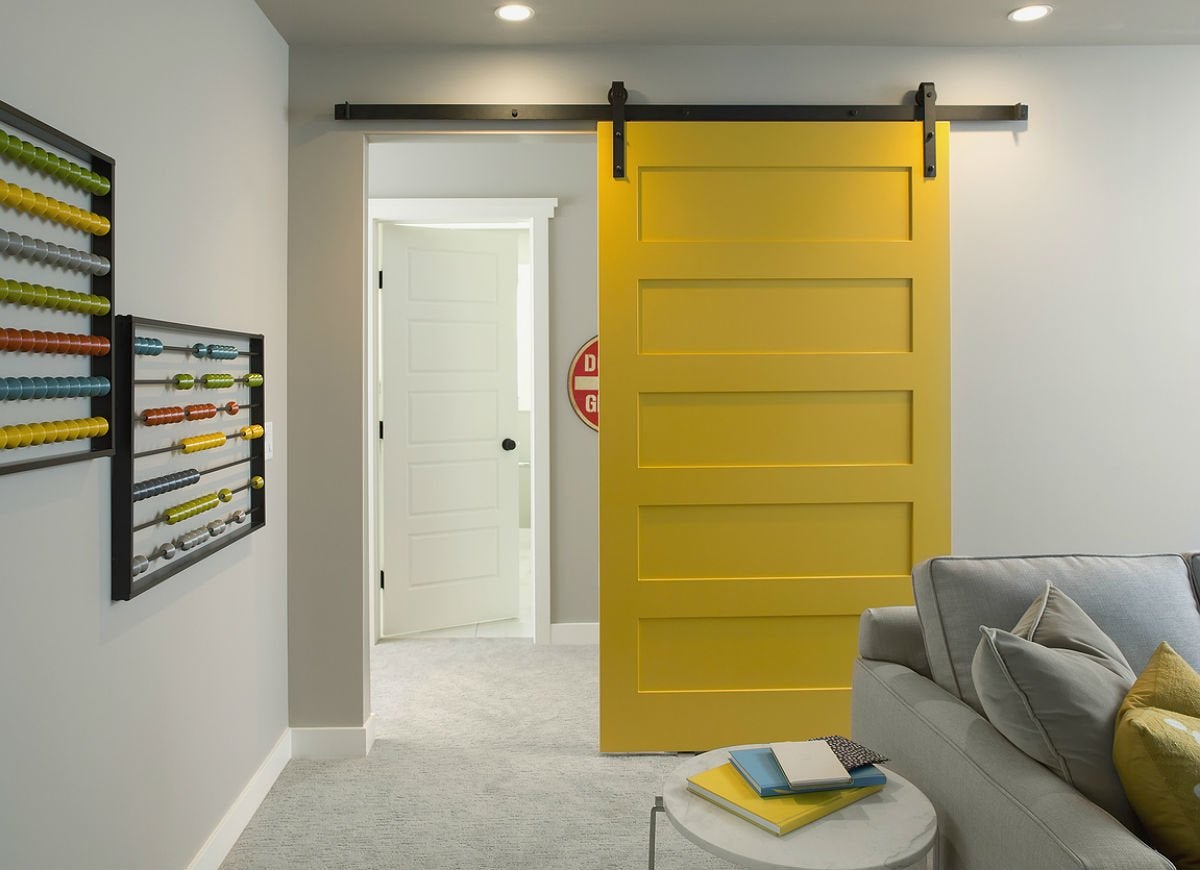
Preparation:
Proper preparation is essential for a successful door painting project. Here are the key steps:
- Remove the Door: If possible, remove the door from its hinges to paint it horizontally and ensure easy access to all surfaces. Place the door on a stable and elevated surface, such as a workbench or sawhorses.
- Clean the Surface: Clean the door’s surface to remove any dirt, dust, grease, or grime. Use a mild detergent or a gentle all-purpose cleaner and a soft sponge or cloth. Rinse thoroughly and allow the door to dry completely before proceeding.
- Sand the Surface: Lightly sand the door’s surface using fine-grit sandpaper. This helps remove any gloss or sheen, smooth out imperfections, and create a suitable surface for paint adhesion. Ensure to sand along the wood grain and wipe away any residual dust with a tack cloth.
Priming:
Applying a primer is an important step to ensure the paint house interior adheres properly and provides a uniform finish. Follow these guidelines:
- Choose the Right Primer: Select a suitable primer based on the type of door material and the paint you plan to use. For wooden doors, use a high-quality wood primer. For metal or previously painted doors, use a bonding primer designed for your specific surface.
- Apply the Primer: Using a brush or roller, apply a thin and even coat of primer to the entire door surface. Start with the recessed areas and panel edges, and then move to the flat surfaces. Allow the primer to dry as per the manufacturer’s instructions before moving on to painting.
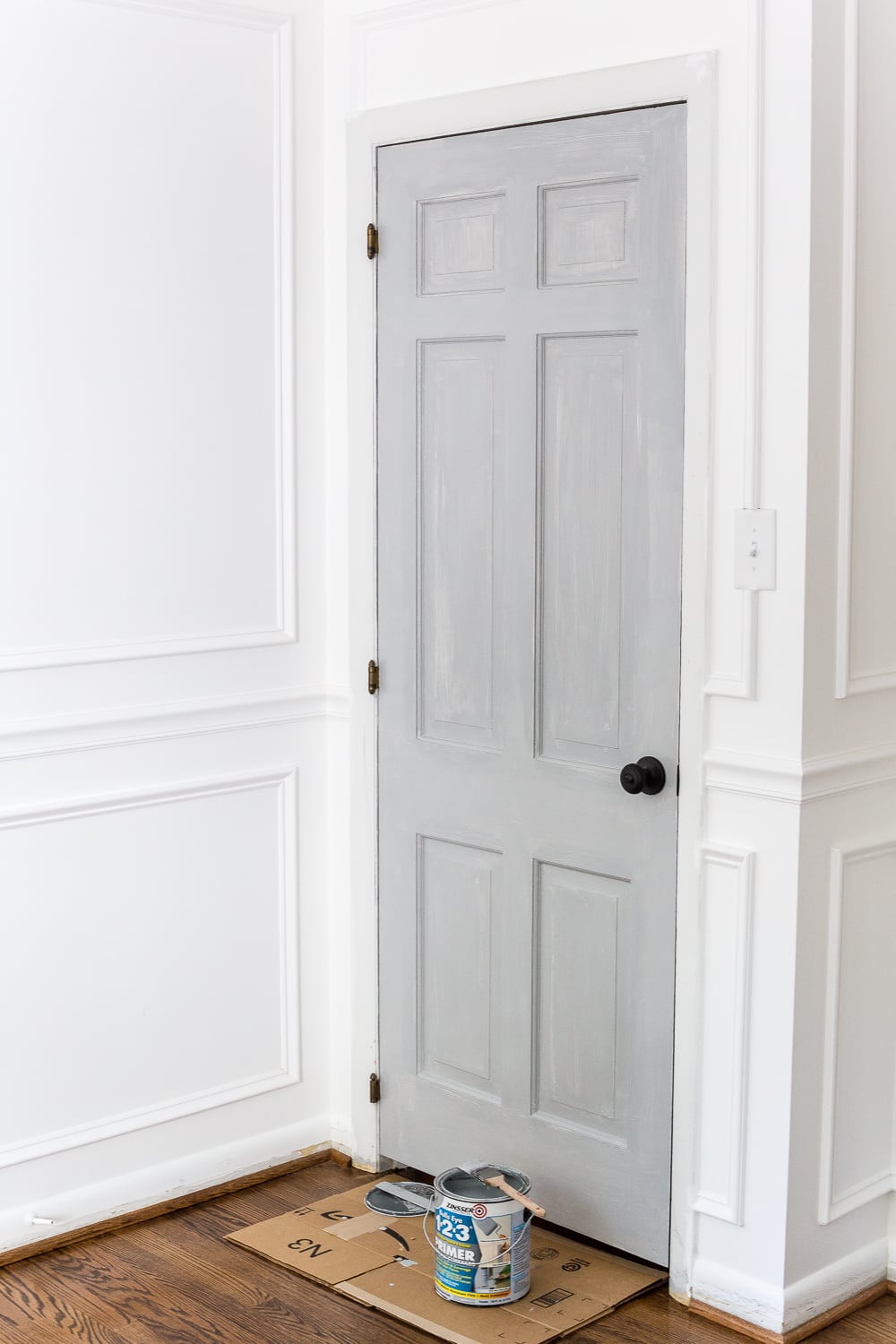
Paint Selection:
Choosing the right type of paint is crucial to ensure a durable and aesthetically pleasing finish. Consider the following factors:
- Paint Type: Select a high-quality paint suitable for interior wood or metal surfaces. For wooden doors, choose a latex-based paint for its durability, ease of use, and quick drying time. For metal doors, consider using an enamel or oil-based paint that provides superior durability and resistance.
- Finish: The finish or sheen of the paint can contribute to the overall appearance and level of maintenance required. Opt for satin or semi-gloss finishes for doors, as they offer a good balance between durability and ease of cleaning.
Application Techniques:
Proper application techniques are crucial to achieving a smooth and professional finish. Follow these guidelines:
- Brush Techniques: Use a high-quality synthetic bristle brush to apply paint along the edges, detail work, and recessed areas, such as panel insets. Start from the top and work your way down, using long, smooth strokes and flowing motions along the wood grain.
- Roller Techniques: A small foam or microfiber roller can be used for the larger, flat surfaces of the door. Roll the paint in a “W” or “M” pattern to evenly distribute the exterior paint, and then lightly roll the filled areas vertically or horizontally to smooth out any lines or texture.
- Multiple Coats: Apply multiple thin coats of paint rather than one thick coat to achieve a more even and durable finish. Allow each coat to dry completely before applying the next. Lightly sand between coats if necessary to ensure a smooth surface.
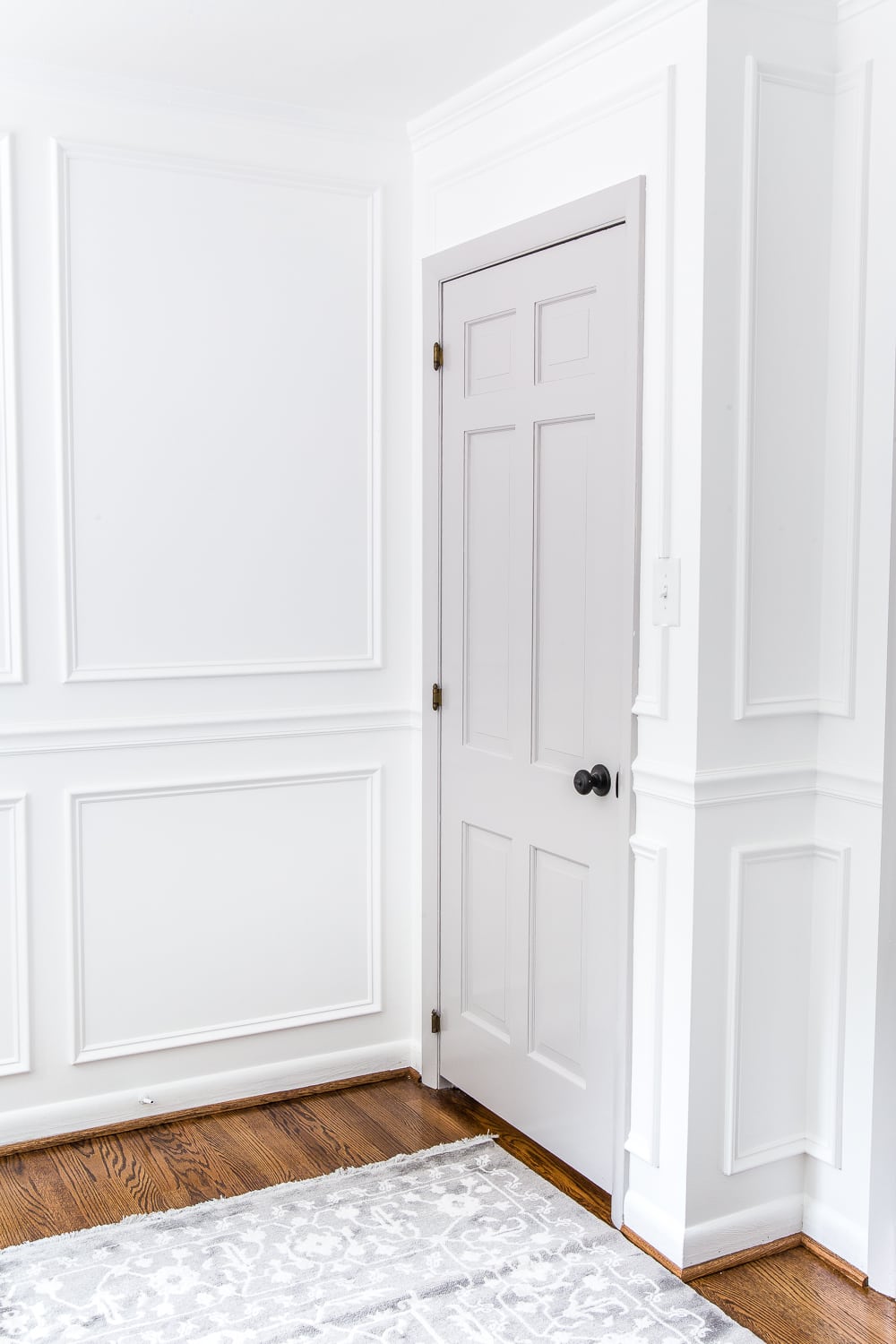
Finishing Touches:
To complete the door painting process, pay attention to these finishing touches:
- Drying Time: Allow the paint to dry completely according to the manufacturer’s instructions before rehanging the door or adding any hardware. This prevents smudging or damage to the finish.
- Hardware and Accessories: Clean and refresh the door’s hardware or consider adding new hardware to complement the updated look. Ensure the hardware is properly installed and functional before rehanging the door.
- Rehang the Door: Once the paint is fully dry, rehang the door using the appropriate hinges and screws. Ensure the door is level and properly aligned before tightening the hinges. Check the door’s operation, making any necessary adjustments for smooth opening and closing.
Things to note when painting interior doors
Painting interior doors is a popular DIY project that can transform the look and feel of a space. It offers an opportunity to update the style, refresh the color scheme, and enhance the overall aesthetic. However, there are several important considerations to keep in mind to ensure a successful and professional-looking result. From choosing the right materials to proper preparation and application techniques, attention to detail is crucial.
Surface Preparation:
Proper surface preparation is essential for a seamless and durable painting job. Consider the following considerations:
- Clean the Surface: Thoroughly clean the door surface to remove any dirt, grease, or grime. Use a mild detergent or all-purpose cleaner, and rinse with clean water. Ensure the door is completely dry before moving forward.
- Repair Damages: Inspect the door for any damages, such as cracks, holes, or dents. Fill these imperfections with a suitable wood filler or spackling compound. Sand the repaired areas until smooth and blend them with the surrounding surface.
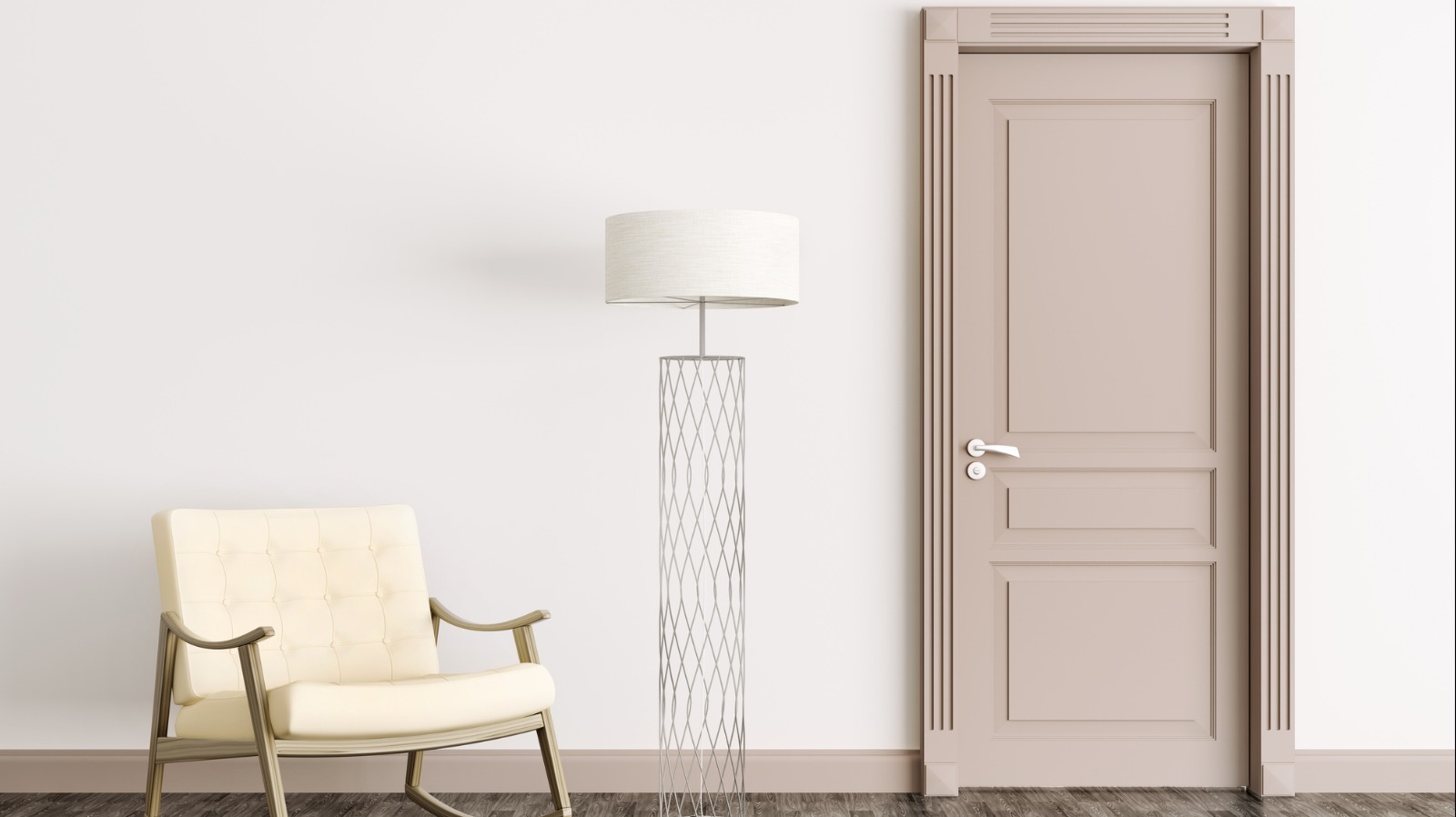
Paint Selection:
Choosing the right paint is vital for a successful door painting project. Consider the following factors:
- Finish: Select a finish that suits your desired aesthetic and durability needs. Satin or semi-gloss finishes are commonly used for interior doors, as they offer a good balance between durability and cleanability.
- Type: Use paint specifically designed for interior wood surfaces or doors. Latex-based paints are popular due to their quick drying time and ease of use. However, oil-based paints provide a more durable and hard-wearing finish, making them suitable for high-traffic areas.
Application Techniques:
Proper application techniques are crucial for an even and professional finish. Consider the following techniques:
- Brush Technique: Use a high-quality angled brush for precision and control. Start by painting the recessed areas, such as panel insets and details, using smooth and even strokes. Then wall paint the flat surfaces using long, straight strokes along the grain.
- Roller Technique: Foam or microfiber rollers are ideal for painting larger, flat surfaces. Load the roller with paint and roll it evenly on the door with light pressure. Use smooth and overlapping strokes to ensure even coverage.
- Edge Technique: Pay attention to the edges and corners of the door. Use a smaller brush to paint these areas carefully, ensuring smooth and clean lines.
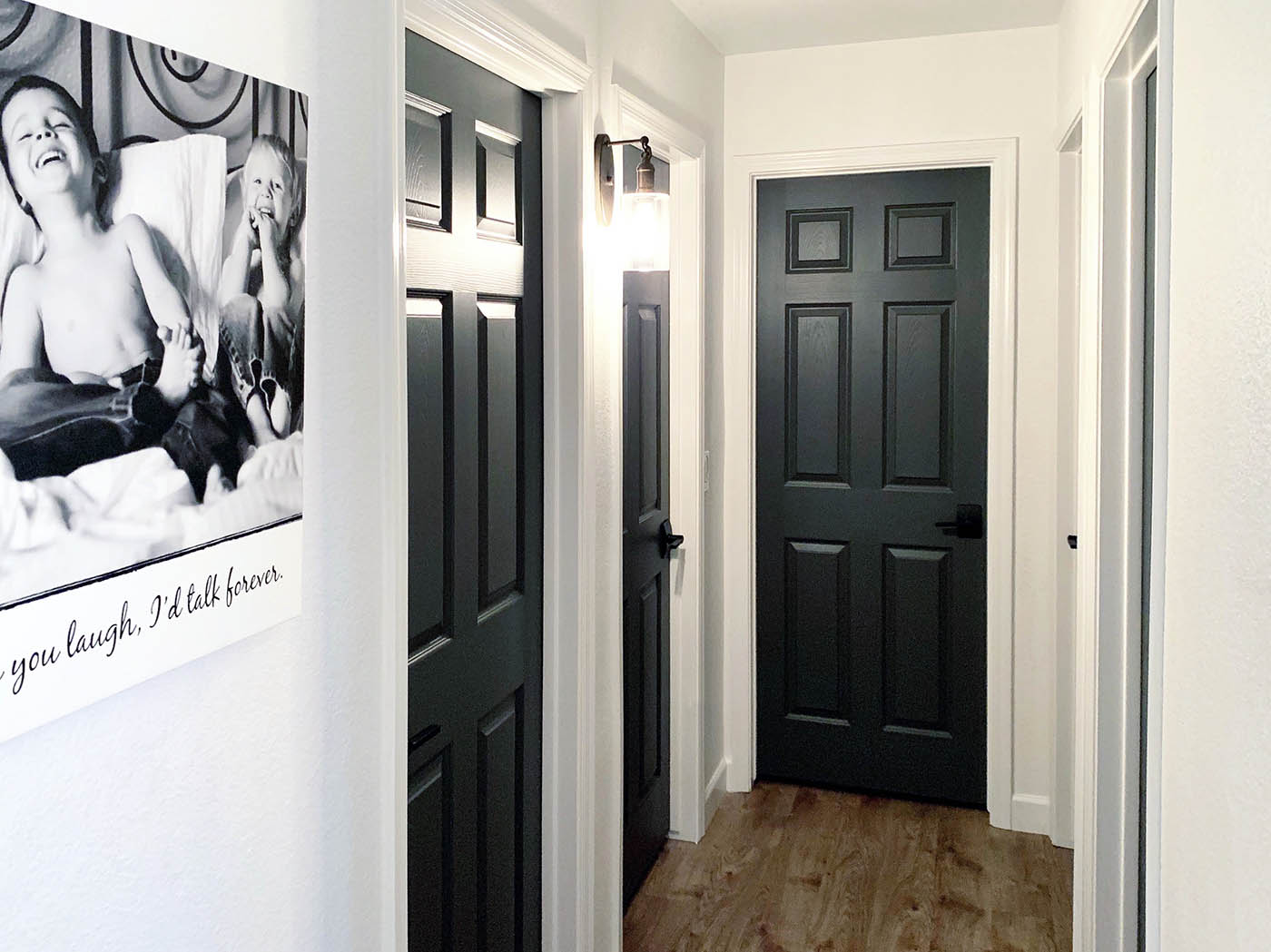
Conclusion:
Painting interior doors is a rewarding and transformative project that can rejuvenate the look and feel of any room. By following the step-by-step process of preparation, priming, paint selection, application techniques, and finishing touches, you can achieve a professional and durable finish. Remember to choose high-quality materials, apply multiple thin coats, and allow sufficient drying time for each step.
